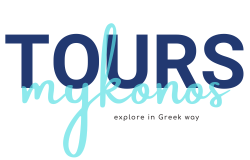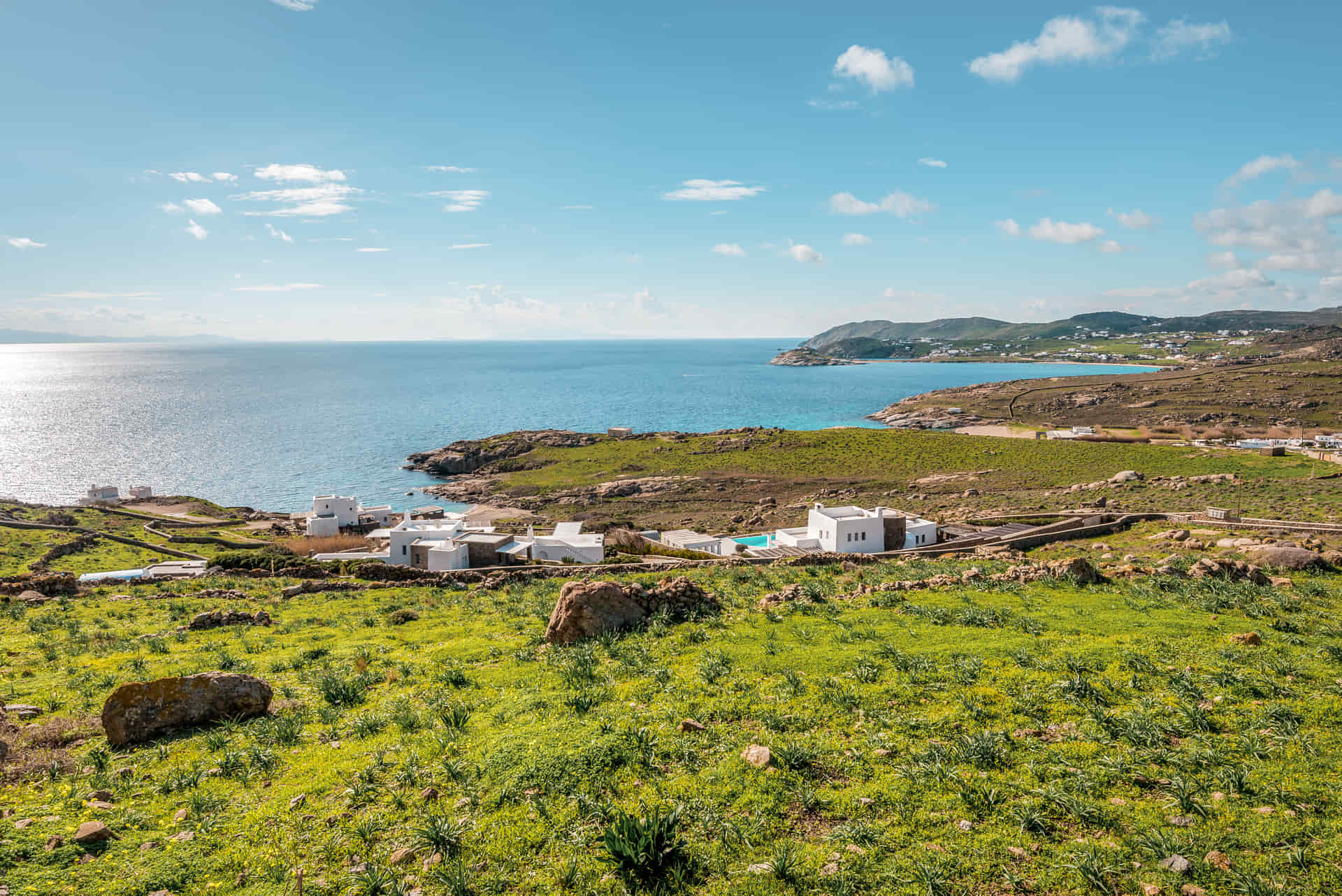Visiting the dairies and farms of Mykonos is like looking behind a curtain of whitewashed luxury and discovering a scene of authenticity that changes your perception of Greece’s glamour isle
A tour of the dairies and farms of Mykonos
Imagine a home in a traditional Greek village. A wood-fired oven is coming up to temperature and the phyllo pastry is rolled out wafer-thin in the kitchen. An assortment of vegetables (straight from the garden) and cheeses (made in a local dairy) are ready for whenever they are needed. As are the eggs (freshly collected from the hen coop in the yard). And as for the pie that’s being created… that’s probably out of a hand-written recipe book, passed down through the generations.
Now, what if you learned that the house is in Mykonos? It’s an image that’s far from the scenes of glitz and glamour usually associated with the Greece’s luxury isle in the Cyclades.
Visiting the farmsteads of Mykonos, you’ll be let into the secrets of a unique and sustainable way of life. Like learning to knead bread the local way and how Mykonos’ cheeses (xynotyro, tyrovolia, kopanisti etc) are made. And you’ll pick produce straight from an organic vegetable patch and cook lunch with it, sampling the island’s traditional cuisine.
You’ll learn all about the relationship of Mykonians with their domesticated animals (sheep, hens, horses, donkeys, rabbits). And be introduced to wines and grape varieties you’ve perhaps never heard of before (Assytriko, Athiri, Monemvasia, Malagouzia, Agiannitis and Mandilaria).
Most of all, you’ll hear the stories of the personalities behind the farms and dairies showcasing the best of Mykonos’ traditional produce and cuisine, as you sample new tastes or buy a souvenir to relive the experience at home.
DON’T MISS
You can cherry-pick from Mykonos’ farmsteads but if you want the full eco-tourism experience, head to:
Agios Lazaros
At first glance, Agios Lazaros has Mykonos’ cosmopolitan aura of luxury shops and hotels. But if you head to Mykonian Farmers, you can learn all about the island’s traditional cheese-making methods and the differences between using fresh goat’s, sheep’s and cow’s milk. Which will you prefer? Xynotiro (matured longer for a more sour, salty taste that works well with pasta dishes), tyrovolia (a soft, short-maturing cheese mainly used as a base in homemade pies), kopanisti (an alpine cheese that becomes spicier as it matures over 40-140 days) or niari (a short-maturing and soft cheese)?
Ano Mera
Just before reaching Ano Mera (Mykonos’ second-largest settlement, in the area of Messaria) is Mykonian Spiti, which invites you to experience the ways of a traditional island home (as its name translates). They organise cookery lessons using vegetables from a typical family farm, accompanied by stories of local traditions, religion and family life. Another farm – the Mykonos Vioma Organic Farm – is also found just outside town, where you can buy vegetables, dairy products and wines, as well as honey produced in the farm’s 20 beehives. And there’s Rizes (or roots), which (as the name suggests) recreates Mykonian traditions through furnishings, cookery and cheese-making lessons, and has a collection of domesticated animals.

